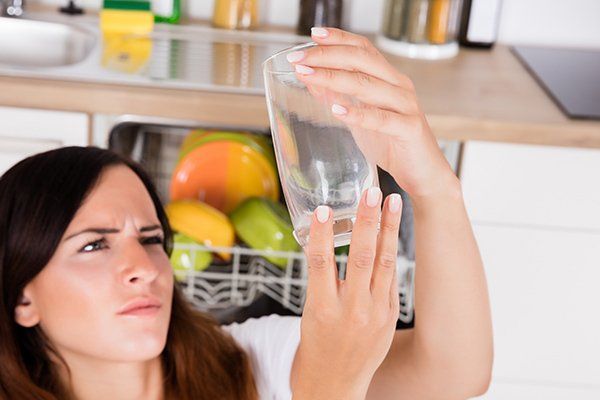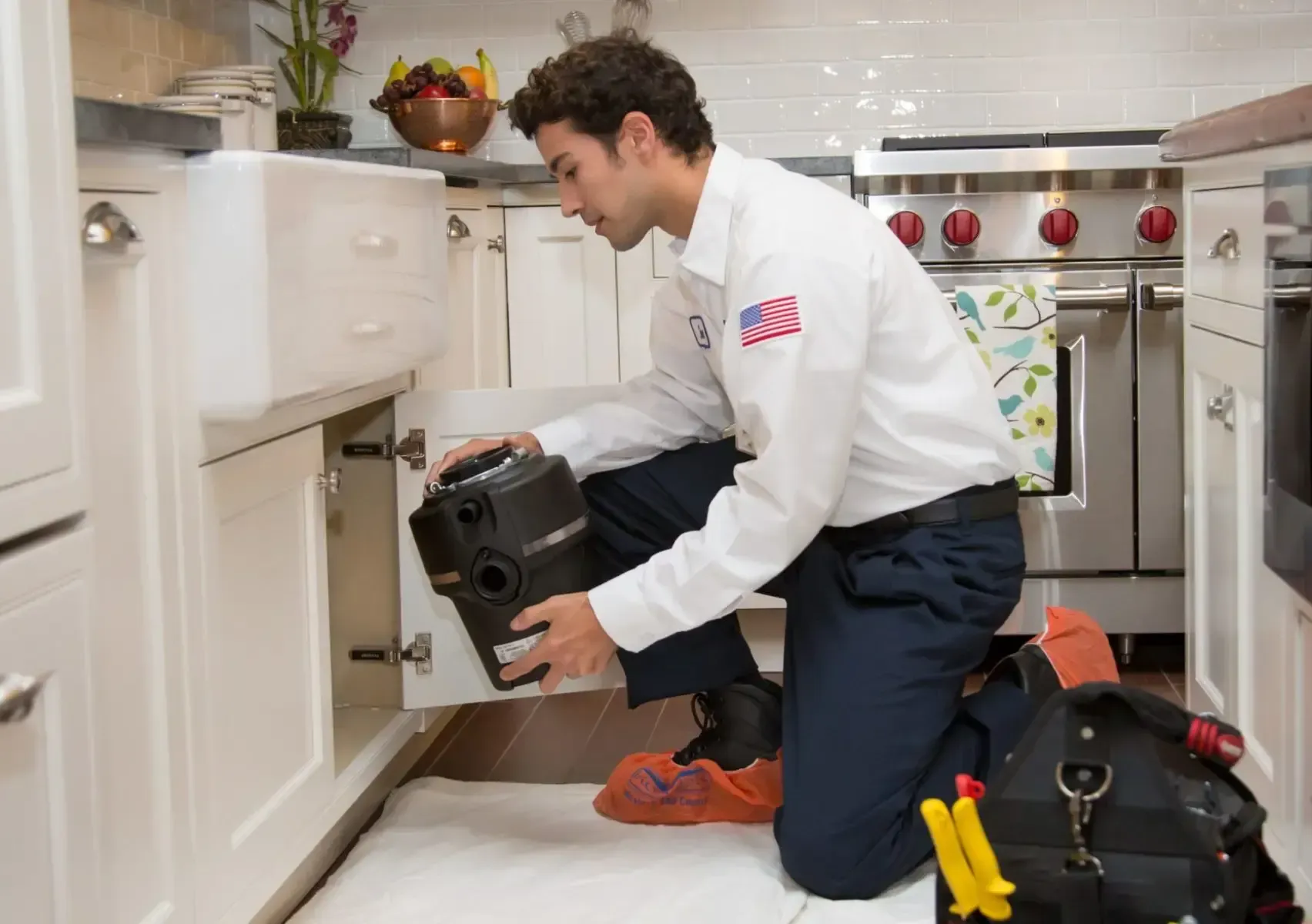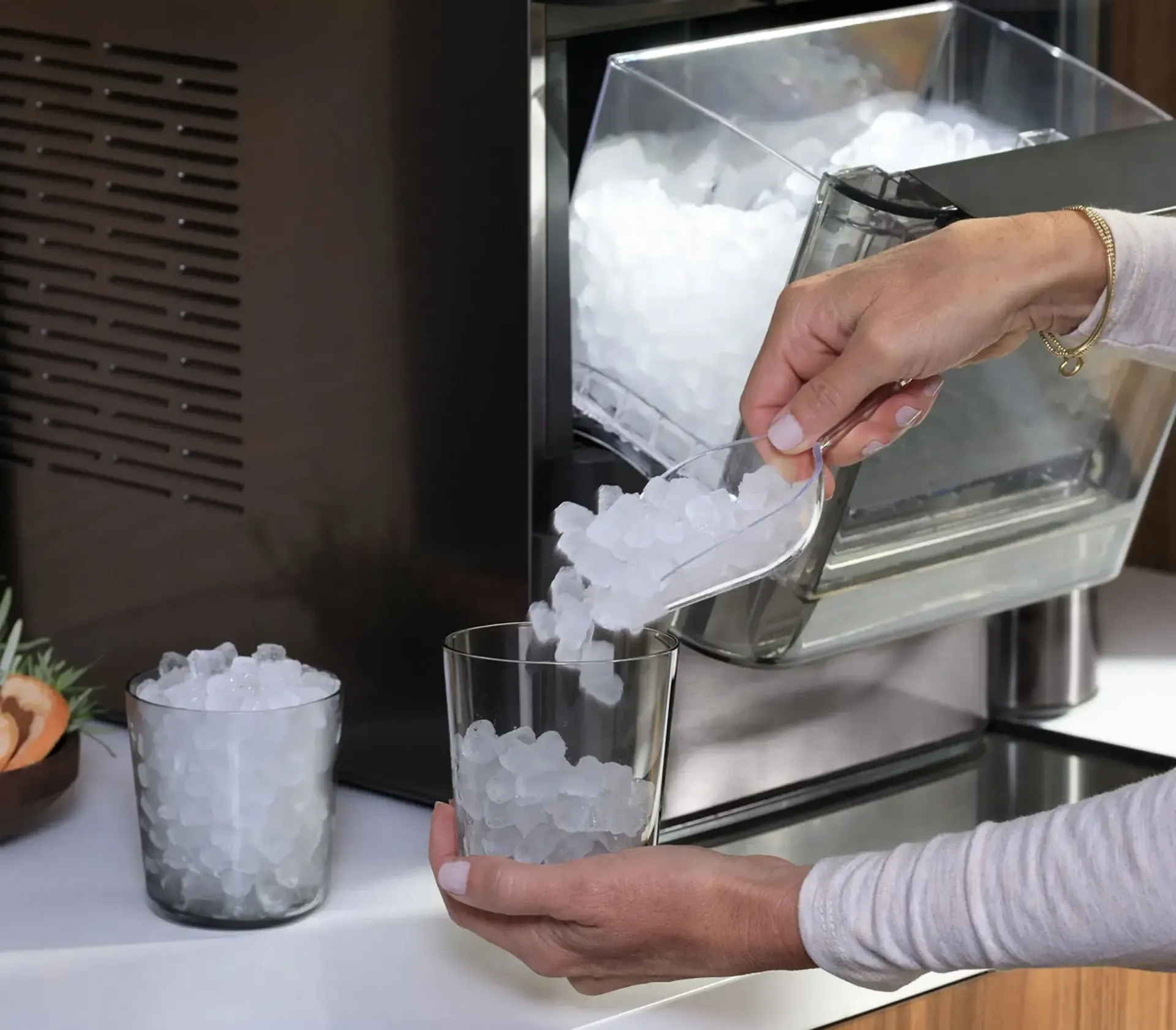You’ve just finished cooking dinner, and as you go to dish up, you notice that the dishes are still dirty. Sound familiar? Nothing’s more frustrating than having to re-wash dishes because your dishwasher didn’t do its job. If your KitchenAid dishwasher is leaving dishes dirty, there are a few things you can do to take care of the problem. Read on as we go through some of the most common causes of this and how to fix them.
How to Fix a KitchenAid Dishwasher Leaving Dishes Dirty
There are a few different reasons for your KitchenAid dishwasher leaving dishes dirty. The most common culprits are listed below:

Food Left On Dishes
There are a few different things that can cause food left on dishes after they’ve been through the dishwasher.
- Too Much Food Left On: The most common reason is that the food was not scraped off of the dishes before they were loaded into the dishwasher. Some food will come off in the dishwasher but if there is a lot of food left on the dishes, it can prevent the water from getting all the food off.
- Water Not Getting Hot Enough: Another reason for food left on dishes is that the dishwasher isn’t getting hot enough. The water needs to be hot in order to break down and remove all of the food particles, especially food that’s oily or fatty.
- Dishwasher Filter Needs to Be Changed: If the filter hasn’t been changed in a while, it can become clogged with food particles. This will prevent the water from circulating properly, and keep food and sediment in the dishwasher.
- Using the Wrong Cycle: If you’re using the quick cycle and you have dishes that are seriously dirty, it won’t have enough time to clean them properly. Use a stronger cycle for heavier loads.
White Spots On Dishes
If you’re finding white spots on your dishes after they come out of the dishwasher, it’s most likely because of hard water. Hard water leaves behind minerals on dishes when it dries, and these minerals can leave spots or streaks. But aside from hard water, there are a few other things that can cause spots on dishes.

In most cases to fix this problem, you can install a water softener, but before that, try some of these methods that can fix anything else that can cause this problem.
- Use Less Detergent: If you’re using too much detergent, it can actually leave behind a film on your dishes. Try reducing the amount of detergent you use and see if that helps.
- Rinse Aid: This is a product that you add to your dishwasher that helps water to sheet off of dishes instead of beading up. This can help to prevent spots from hard water or detergent.
- Water Temperature: If the water going into your dishwasher isn’t hot enough, it can cause spots on dishes. The water needs to be at least 130 degrees Fahrenheit in order for it to work properly. Check your water heater to make sure it’s set to the right temperature.
- Dishes Aren’t Dry: If your dishes are still wet after the dishwasher cycle is complete, spots can form as the water dries. To prevent this, make sure you’re using stronger dryer cycles.
There you have it! A few different reasons for your Kitchenaid dishwasher leaving dishes dirty, and how to fix them. If you’re still having trouble, give Fix Appliance Repair a call and we can help you out with your dishwasher repair. Until then, happy dishwashing!
P.S. For help with other problems like a dishwasher won’t start or a leaky dishwasher , check out more of our blogs!



